How many times has it happened that the demand for your courses is high, but it’s not met by the right supply of teachers?
One of the many reasons for this shortage is – the inefficient teacher onboarding process.
Your teachers are the most valued asset for the company besides the curriculum. However, in EdTech, it is not possible to hire a teacher today and then ask them to take classes from Day 1. You need to train them in taking your specialized courses first. You need to introduce them to the company processes.
The good thing is—you can simplify this stage through teacher onboarding.
In this blog, we will discuss:
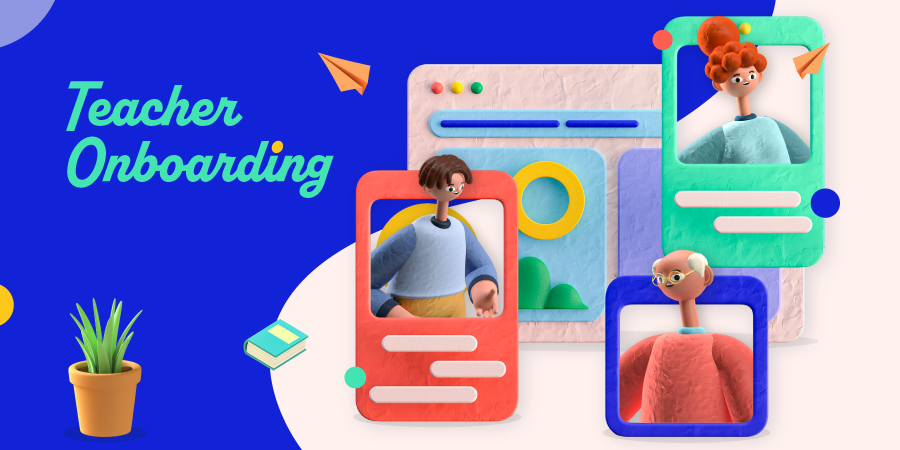
What is teacher onboarding?
Teacher onboarding is introducing new hires (tutors) to the company’s existing procedures. For an EdTech, it means introducing the new teachers to procedures like accepting demo classes, rescheduling classes, training them on the curriculum, among other things. It includes setting clear job expectations, providing role-specific information, and sharing knowledge resources.
During the onboarding process, your teachers get to meet existing teachers and understand the operational know-how.
For example, if a student schedules a demo with you – the new hire is introduced to the process of accepting a scheduled class, submitting feedback on the student, pitching the right course, etc.
Efficient onboarding directly impacts teacher retention, resource management, and hiring costs. For instance, retention rates of teachers increase to 93% when there is a high-quality onboarding program in place.
However, not all EdTechs have cracked the code yet. The result—teacher churn and dissatisfaction among learners.
In the subsequent sections, we’ll look at some of the common onboarding challenges and solutions.
Top 5 challenges in the teacher onboarding process
Let us see the top 5 challenges that a company faces while onboarding new teachers. These challenges stem from administrative levels to higher attrition among teachers teaching online.
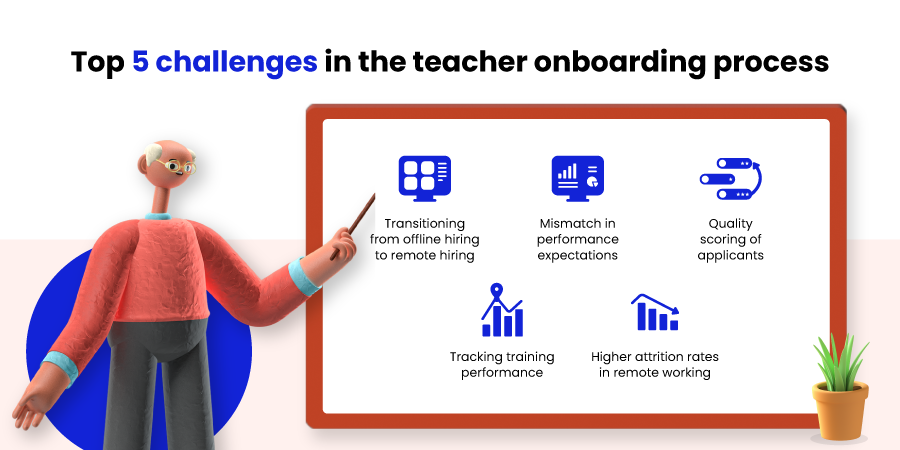
1. Transitioning from offline hiring to remote hiring
In the post-pandemic world, most processes have moved online. But the education sector, in general, is sticky when it comes to digitization. Therefore, most EdTechs don’t follow a set process when it comes to remote hiring.
In the case of remote hiring, it is important to have a few processes set in place. To name a few:
- Central repository to maintain a record of applicants
- Automated responses to selected candidates
- Online collection and verification of documents
Hiring teachers is an ongoing activity that EdTech firms need to maintain business as usual. And with hiring being shifted completely remote, it can get quite challenging to formulate a process and ensure that it is followed thoroughly.
2. Mismatch in performance expectations
One of the aspects of the onboarding process is setting the right expectations. The teacher needs to be aware of the expected KRAs to perform efficiently.
While training the teacher, it is important to communicate what exactly is expected from them. Are they supposed to be involved in selling courses to demo students? Should they focus on upselling, remuneration parameters, a default on non-attendance, etc.?
And since you’ll have similar expectations from all your teachers, it makes sense to include this information in your onboarding process.
But when the process is manual, the chances of human error and missing out on information increase significantly. Not having the KRAs documented and conveyed to the new hires may create expectations mismatch and hamper the performance.
3. Quality scoring of applicants
This one is simple. You are not going to hire every applicant that applies. You will need to sieve the best from the rest. For this, you need to have certain quality scoring parameters.
For example, the teacher you hire must have 5 years of experience or they should be able to speak a minimum of 2 languages (English and a vernacular language).
If the applicant meets the minimum criteria, it is a higher-quality lead. But most companies haven’t set these parameters which can make the hiring process long-winding.
4. Tracking training performance
This is one of the biggest challenges faced by EdTechs during onboarding. How to track a teacher’s training performance?
This training is not only in terms of the teacher being well-versed with the curriculum but also whether the teacher has understood your processes, is facing any difficulties, etc.
For example, a student books a demo, and a newly hired in-training teacher is assigned to the child. One needs to track whether demo-related communication reached the teacher, did they open or check the communication, among other parameters.
If the company has a tracking system in place, they would be able to identify how well the teacher can adapt to your system.
5. Higher attrition rates in remote working
The growth of EdTechs has allowed many people to teach online. Some people see this as a supplementary source of income. Many people join a company as their 2nd job or a part-time job. It also means they can leave the company easily if things do not work out as per their plans.
The other reasons for attrition include – slower technology adaptability, non-performance (not able to convert students), day-job taking more time and effort. And because the attrition is high, businesses need to continuously keep hiring to keep up with the demand.
The challenges are there for sure. But it is possible to optimize your onboarding process. The next section uncovers 3 crucial elements to improve your teacher onboarding process.
A smoother process of teacher onboarding
How can one make teacher hiring and onboarding an easier process? The answer is simple – teacher onboarding automation.
What is teacher onboarding automation?
Simply put, companies will need to automate a few of the repetitive tasks while hiring and onboarding to make the entire journey more productive.
Let’s dive into how automation can streamline the teacher onboarding process.
1. Automate the application process
One of the easiest steps to automate should be the application. You should be able to capture applications from various platforms in one database. For example, leads coming in from LinkedIn, other job portals, your website, etc. should sit in one database.
With LeadSquared’s self-serve portals, you can create online application forms to capture leads from various sources.
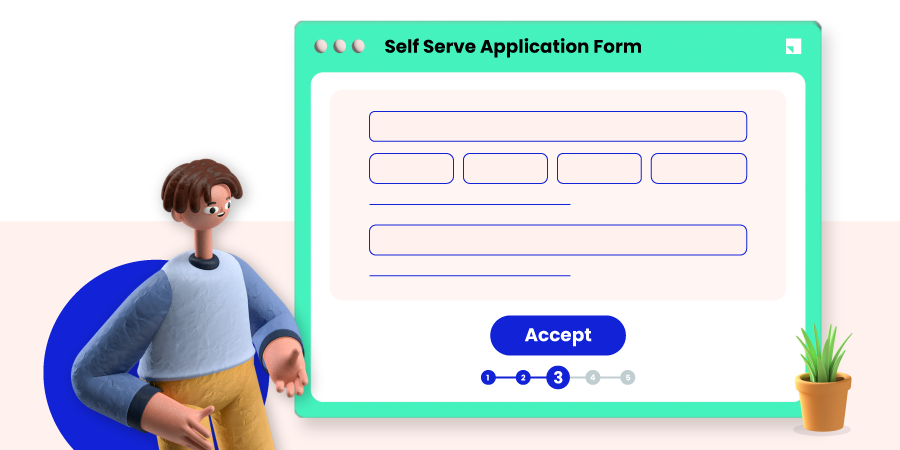
In these portals, the applicant can also submit and verify their documentation making the process paperless and faster. Applicants will be able to track the status of the application as well.
You will have verified documents and applications that can be easily downloaded as PDFs.
This step in the automation helps you –
- Save time in document collection and verification
- Applications are saved in one database
- Increased support through chatbot integrations
2. Resolving teacher queries
Having a single dashboard for onboarding and training helps resolve teacher queries faster. Because everything is on one platform, your team has more clarity on how to resolve teacher queries.
To resolve queries in the application stage, you can integrate chatbots into your portal. While if teachers have queries after they are onboarded, you can engage with them via emails, WhatsApp, call, etc.
With LeadSquared, it is possible to integrate all these in one platform, making it easier for you to get a holistic view of the process.
This step in the automation helps you –
- Build an open channel of communication
- Record and save communicated messages on one platform
- Improved data visibility on teacher engagement
3. Building better teacher engagement
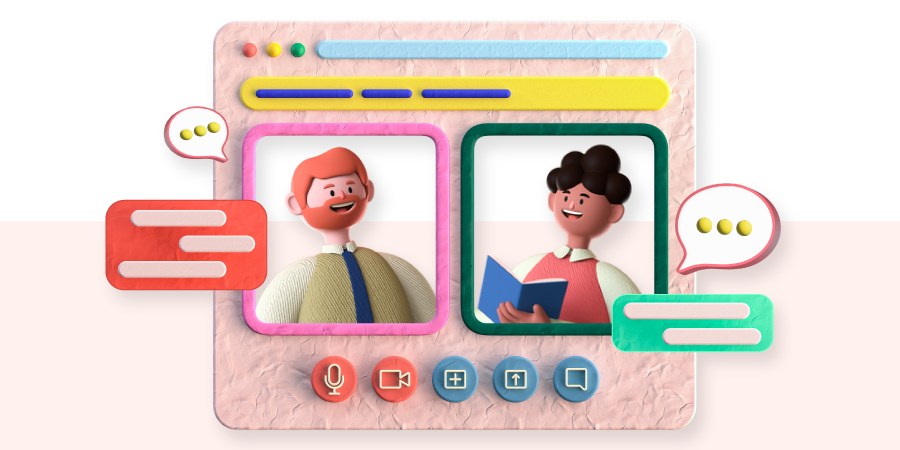
When a new hire is onboarded, it is important to oversee their journey more closely. Proper expectations need to be set, training needs to be given, and company norms must be explained.
Certain communication might be common for all—irrespective of subject, process, etc. For example, company policy, how to take demo classes, the process of taking a class, etc. However, it makes sense to send them the information when they’re ready to take it in, instead of bombarding them with the documents all at once.
You can create email drips/text messages to send such communications to the new joiners from time to time.
This step in the automation helps you –
- Engage with teachers across multiple platforms
- Automate common responses
- Ensure their learning progress by setting up workflows
So, these are some of the ways in which you can make the onboarding process easier and faster. And many EdTechs have already started incorporating onboarding automation in their operations. Here’s a case study.
How Unacademy resolved their teacher onboarding challenge with LeadSquared
Unacademy has been using LeadSquared to solve day-to-day issues that teachers face while interacting with the students. They utilize the tool in two ways –
- Handling teacher operations
Problem: Teachers facing issues with daily operations – class schedules, course curriculum, technical issues. The team handling these didn’t have visibility in terms of problem resolutions, interactions with teachers, etc.
Solution: LeadSquared helped them gain an overall visibility into the teachers’ day-to-day activities. With a centralized platform to manage teacher ops, it has now become easier to create tasks, complete activities and resolve issues instantly. - Engaging with teachers
Problem: Not being able to interact with and appreciate the top 250 performers within the system
Solution: LeadSquared helped them create automations and workflows to engage with and motivate the top performers in the system. Birthday wishes, anniversaries, festivals, appreciation emails can now be sent with a click of a button.
We can see how LeadSquared is a helpful tool even after you’ve onboarded teachers – in terms of helping them overcome daily operational hassles and in encouraging them to perform better.
To explore the use cases of LeadSquared EdTech CRM platform in detail, you can book a free demo.
[Bonus] Teacher onboarding checklist
Here’s a quick checklist on how to onboard teachers – automation as well as key touchpoints to be followed.
- Online application
Online collection and verification of documents – CV, references, certificates, etc.
- Application status
Allowing the applicant to check the status of their applications online – documents verified, interview schedule, selected or not, etc.
- Onboarding and training
Setting up training modules and sending automated reminders of the training schedule
- Teacher engagement
Sending out nurture content like company policies, processes, training material, etc.
- Resolving teacher queries
Build a process to solve teacher queries through a dedicated email, chatbots, and knowledge base
- Class schedules and calendars
With the teacher taking multiple classes, it is important to set up scheduled reminders across channels like WhatsApp, email, and SMS
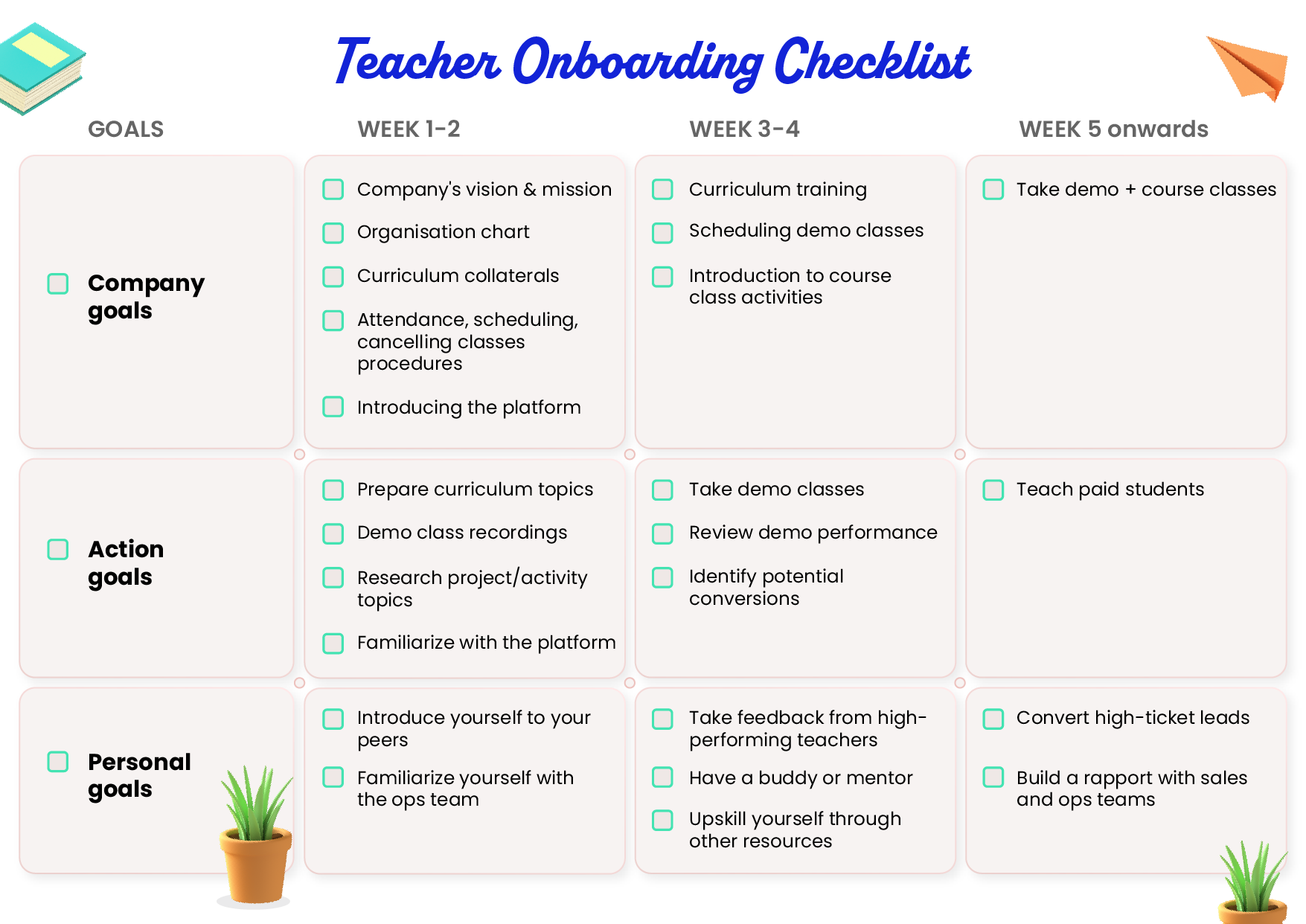
You can also download this editable pdf checklist to share with your team or refer to it later.
Setting up these automated workflows will help you make a smoother process for hiring teachers. It will also bring clarity in terms of job role, organizational expectations, and performance. And since you have an automated process for repetitive tasks, the hiring and onboarding team can work more productively and efficiently.
Conclusion
With a seamless onboarding process, you can ensure higher productivity across teams and personnel. It also helps in building stronger relationships with new joiners which helps in increased retention.
Creating a system where online hiring is automated as well as regulated helps the business collect important data points for onboarding strategies.
Having a process ensures that you are simplifying applications and interacting with people across various touchpoints. These touchpoints need to be there through the hiring and onboarding process – right from applying for the position to completing training and onboarding.
Certain touchpoints and criteria can be automated for the team to work more efficiently. Introducing tools like LeadSquared makes operations simpler and more effective.
If you are looking to run your teacher onboarding on autopilot, take a free one-on-one demo with our automation experts!
With LeadSquared’s EdTech CRM, you can:
- Bring all your applications under one dashboard
- Have the ability to communicate across channels
- Collect important insights to make the process simpler








